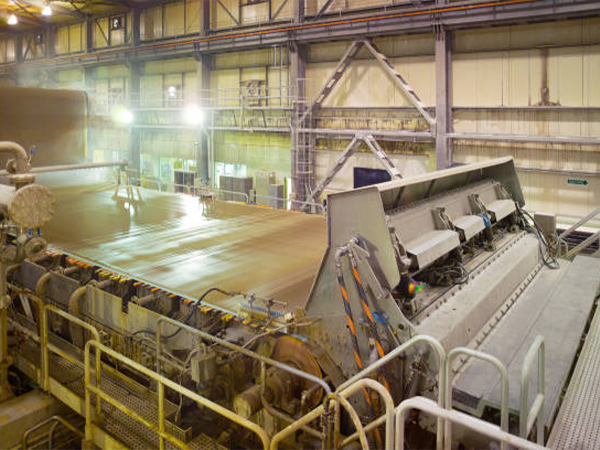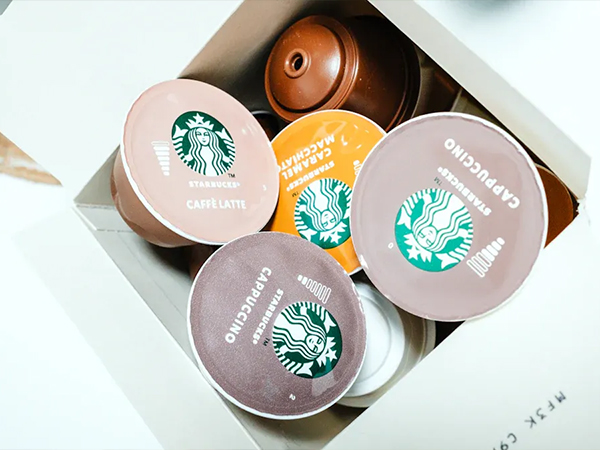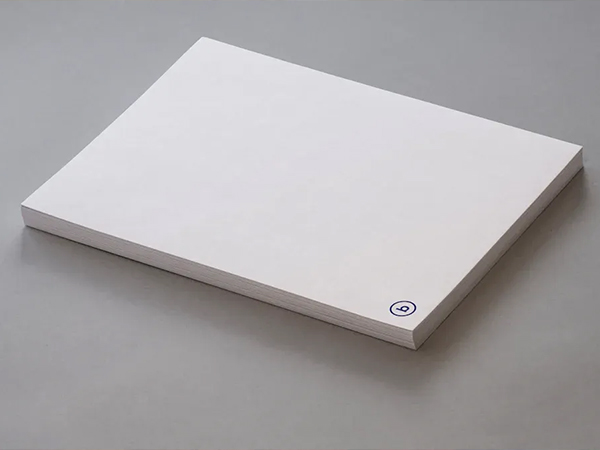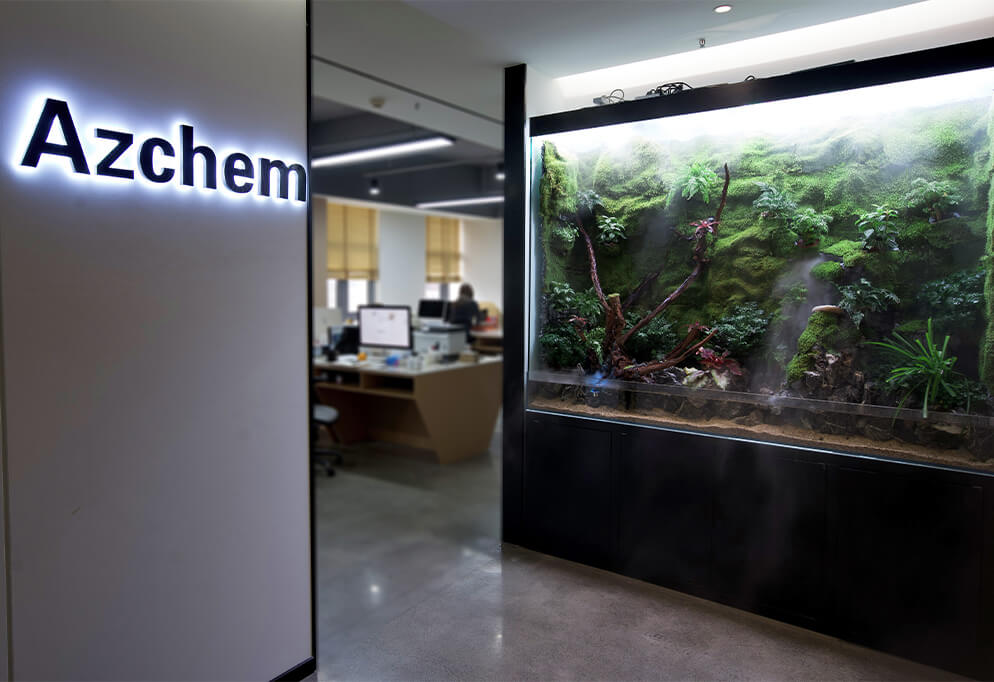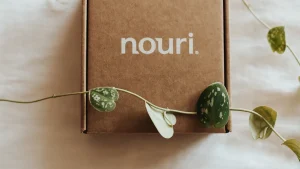
Eco-Friendly Oil & Water Repellents help you keep food packaging clean and safe. You choose paper-based materials because they break down easily and come from renewable sources. Biopolymer and natural coatings create strong barriers against grease and moisture. Many brands now use these solutions instead of plastic wraps.
You see coffee cups and burger wrappers that resist leaks, showing the power of new sustainable chemistry.
Key Takeaways
- Choose paper-based packaging to help reduce pollution. Paper breaks down faster than plastic and comes from renewable resources.
- Look for eco-friendly coatings like wax or silicone on packaging. These materials keep food fresh and prevent leaks while being safe for the environment.
- Support brands that use sustainable packaging. Your choices encourage companies to invest in eco-friendly solutions that protect both food and the planet.
- Check for labels like ‘compostable’ or ‘recyclable’ on packaging. This helps you make informed decisions that reduce waste and support recycling efforts.
- Stay informed about new trends in sustainable packaging. Knowledge empowers you to make choices that benefit the environment.
Introduction: The Shift Toward Paper-Based Packaging
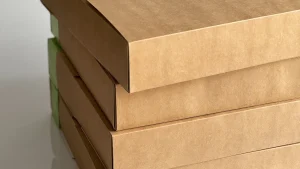
The rise of paper over plastics
You see a major change in packaging today. Many companies now choose paper instead of plastic. This shift happens because you want products that protect the planet. Paper comes from renewable resources and breaks down faster than plastic. You help reduce pollution when you pick paper-based packaging.
Recent innovations make paper even better for packaging. Scientists have added biopolymers like cellulose and chitosan to paper. These materials, along with nanomaterials, make packaging stronger and more resistant to leaks. You also benefit from new coatings made from fruit peels and other plant sources. These coatings do more than protect food. They can fight germs and keep food fresh longer. This means less waste and safer products for you.
Note: Paper packaging with these new coatings meets strict food safety and environmental standards. You support a cleaner world when you choose these options.
Why oil and water repellency is critical
You expect your food packaging to keep grease and moisture away. Without strong barriers, paper absorbs oil and water. This can cause leaks and make packaging weak. Fast food wrappers and coffee cups need to stay dry and sturdy. Eco-Friendly Oil & Water Repellents help paper resist both oil and water. You get packaging that works well and stays safe for food.
These new coatings use biopolymers and nanomaterials to create a shield. You see fewer spills and less mess. You also help the environment because these coatings break down naturally. You support a future where packaging protects both your food and the planet.
Challenges in Packaging Paper
Moisture absorption in food packaging
You often see paper packaging used for sandwiches, baked goods, and takeout meals. Paper absorbs moisture easily. When you pack hot or moist foods, the paper can become soggy. This weakens the packaging and may cause it to tear. You risk spills and messes if the packaging cannot resist water. Moisture can also affect the freshness of your food. If water seeps in, bread can turn stale or soggy. You want packaging that keeps food dry and safe until you are ready to eat.
Tip: Look for packaging labeled as “moisture-resistant” to help keep your food fresh and your hands clean.
Oil and grease penetration in fast-food wraps
You notice that burgers, fries, and pastries often come wrapped in special paper. Regular paper lets oil and grease soak through. This can stain your hands, clothes, or even the table. In the fast food industry, packaging like Cheese Burger Meat Wrapping Paper is designed to prevent grease penetration. This type of paper is oil-proof, waterproof, and breathable. It keeps your food dry and hygienic. These properties are essential to avoid grease leakage that could stain the packaging or your hands. When packaging fails to block oil, it directly impacts how easy and pleasant it is to use fast-food wraps.
Balancing recyclability with performance
You want packaging that works well and is easy to recycle. Sometimes, the best-performing materials do not recycle easily. Companies must choose which sustainability goals matter most. Some materials have a low carbon footprint but do not recycle well. Others recycle easily but may not protect food as effectively. Many people do not realize that the material with the lowest carbon emissions does not always have high recyclability or recycled content. Companies must consider the full life-cycle of packaging. They need to balance reducing waste, lowering carbon footprints, and making packaging that performs well. You benefit when brands make informed choices about these trade-offs.
Note: Sustainable packaging solutions often require careful evaluation to ensure they meet both environmental and performance needs.
Role of Oil & Water Repellent Chemicals
Mechanism of hydrophobic and oleophobic barriers
You rely on packaging that keeps food fresh and prevents leaks. Eco-Friendly Oil & Water Repellents create strong barriers on paper surfaces. Hydrophobic barriers repel water. Oleophobic barriers block oil and grease. These barriers work by forming a thin layer that stops liquids from soaking into the paper. You see this effect when coffee cups do not leak or when burger wrappers stay dry.
Scientists design these barriers using natural polymers and plant-based materials. The chemicals bond with the paper fibers. Water and oil droplets cannot pass through easily. You get packaging that stays strong even with moist or greasy foods.
Tip: Hydrophobic and oleophobic coatings help reduce food waste by keeping packaging intact.
Types of repellents (fluorine-free, wax-based, silicone-based)
You have several choices when it comes to Eco-Friendly Oil & Water Repellents. Each type offers unique benefits for sustainable packaging.
- Fluorine-free repellents: These use plant-based or mineral ingredients. You avoid harmful chemicals and support safer recycling. Many brands now choose fluorine-free options to meet environmental standards.
- Wax-based repellents: Wax creates a natural barrier against moisture and oil. You find wax-coated paper in bakery bags and sandwich wraps. Wax is biodegradable and safe for composting.
- Silicone-based repellents: Silicone forms a flexible shield on paper. You see silicone coatings in coffee cups and food trays. Silicone resists high temperatures and keeps packaging sturdy.
| Repellent Type | Main Benefit | Common Use Cases |
|---|---|---|
| Fluorine-free | Safe for recycling | Fast food wraps, trays |
| Wax-based | Biodegradable | Bakery bags, sandwich wraps |
| Silicone-based | Heat resistance | Coffee cups, food trays |
You help the environment when you choose packaging with these Eco-Friendly Oil & Water Repellents. Each type supports sustainability and keeps your food safe.
Advantages of Eco-Friendly Solutions
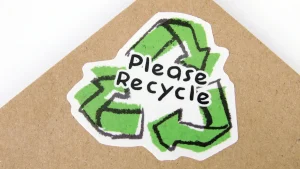
Reduced environmental impact
You make a positive difference when you choose packaging with Eco-Friendly Oil & Water Repellents. These solutions use renewable resources and avoid harmful chemicals. You help lower pollution because these repellents break down naturally. Many traditional coatings contain substances that stay in the environment for years. Eco-friendly options reduce the risk of soil and water contamination. You support cleaner air and water by picking packaging that uses safe, plant-based barriers.
Choosing sustainable packaging helps protect wildlife and natural habitats. Every small choice adds up to a healthier planet.
Recyclability and biodegradability
You want packaging that fits into recycling systems. Eco-friendly coatings allow you to recycle paper more easily. Many traditional oil and water repellents make recycling difficult. When you use packaging with biodegradable coatings, you help reduce landfill waste. These materials break down into natural elements. You see less trash in your community and more resources reused. Compostable packaging also supports local composting programs. You help close the loop by returning nutrients to the soil.
- Look for labels like “compostable” or “recyclable” on packaging.
- Ask your local recycling center about accepted materials.
Meeting regulatory and consumer demand
You notice that governments now set strict rules for packaging materials. Many countries ban harmful chemicals in food packaging. Eco-Friendly Oil & Water Repellents help you meet these regulations. You also see more consumers asking for safe, sustainable products. Brands that use eco-friendly solutions build trust with you. You feel confident when you buy products that protect your health and the environment.
| Benefit | How You Benefit |
|---|---|
| Meets safety standards | Safer food and packaging |
| Responds to trends | More choices for you |
| Builds brand reputation | Trust in sustainable brands |
Tip: Support companies that use eco-friendly packaging. Your choices drive positive change in the industry.
Amazon Chemicals’ Repellent Solutions
Fluorine-free oil repellents
You see a growing need for safe and sustainable packaging. Amazon Chemicals offers fluorine-free oil repellents that help you meet this demand. These solutions work well in food packaging, which now makes up about 62% of the market revenue in 2024. Quick-service restaurants and online food delivery rely on strong oil and grease resistance to keep food safe. You notice that baking papers also use these repellents because they resist oil and support safe food preparation. Industrial sectors, such as chemicals and automotive, choose fluorine-free options for their environmental benefits and reliable performance. You get packaging that protects your food and supports a cleaner planet.
Tip: Fluorine-free oil repellents help you avoid harmful chemicals while keeping packaging strong and leak-proof.
Wax and silicone-based options
You want packaging that stands up to moisture and heat. Amazon Chemicals provides wax-based and silicone-based coatings for many uses. Wax-based options create a natural shield against water and oil. You often find these in bakery bags, sandwich wraps, and food trays. Wax coatings break down easily, so you support composting and recycling efforts. Silicone-based coatings offer extra durability and heat resistance. You see these in coffee cups and hot food containers. Silicone keeps packaging sturdy even with hot drinks or greasy foods.
Here is a quick comparison:
| Coating Type | Main Benefit | Common Use Cases |
|---|---|---|
| Wax-based | Biodegradable | Bakery bags, wraps |
| Silicone-based | Heat resistance | Coffee cups, trays |
Note: Choosing wax or silicone coatings helps you balance performance with sustainability.
Customized support for packaging producers
You need solutions that fit your specific packaging needs. Amazon Chemicals works with you to develop custom oil and water repellent formulas. You get expert advice on choosing the right coating for your product. The team helps you test and refine solutions to match your brand’s goals. You benefit from ongoing support, whether you produce food wraps, industrial packaging, or specialty papers. Amazon Chemicals ensures you meet safety standards and consumer expectations.
- You receive tailored recommendations for your packaging line.
- You access technical support for product testing and improvement.
- You stay ahead of market trends with innovative, eco-friendly options.
Working with Amazon Chemicals gives you confidence in your packaging’s safety, performance, and sustainability.
Conclusion & CTA
You play a key role in shaping the future of packaging. When you choose sustainable options, you help reduce waste and protect natural resources. Paper packaging with advanced oil and water repellents gives you strong performance without harming the environment. You see how these solutions keep food fresh, prevent leaks, and support recycling efforts.
Brands that use eco-friendly coatings show their commitment to both you and the planet. You notice safer products and cleaner communities. These choices also help companies meet strict regulations and build trust with customers like you.
Remember: Every time you pick packaging made with renewable materials, you support a cleaner world.
You can take action today. Look for packaging labeled as compostable or recyclable. Ask your favorite brands about their sustainability practices. Share your knowledge with friends and family. Your choices encourage more companies to invest in green solutions.
Here are a few steps you can follow:
- Check for eco-labels on packaging.
- Support brands that use plant-based or biodegradable coatings.
- Recycle or compost packaging when possible.
- Stay informed about new trends in sustainable packaging.
🌱 By making small changes, you help drive big improvements in the packaging industry. You inspire others to care about the environment. Together, you can create a future where packaging protects both your food and the planet.
If you want to learn more about how innovative coatings can benefit your business or daily life, reach out to experts in sustainable packaging. Your interest and actions make a real difference.
You gain many benefits when you choose Eco-Friendly Oil & Water Repellents. These solutions help brands meet regulations, protect your food, and reduce harm to the planet. You support innovation by picking packaging that breaks down naturally. Biodegradable and compostable options keep waste out of landfills. You shape the future of packaging by making smart choices today.
Your actions inspire more companies to invest in sustainable solutions.
FAQ
What makes oil and water repellent paper eco-friendly?
You see eco-friendly paper use plant-based or mineral coatings. These coatings break down naturally. You avoid harmful chemicals and support recycling. You help reduce pollution when you choose these options.
Tip: Look for packaging labeled “biodegradable” or “compostable” for the best results.
Can you recycle paper with oil and water repellent coatings?
You can recycle most eco-friendly coated papers. Fluorine-free and wax-based coatings do not block recycling. You help keep materials in use and reduce landfill waste.
| Coating Type | Recyclable? |
|---|---|
| Fluorine-free | Yes |
| Wax-based | Yes |
| Silicone-based | Sometimes |
Are these coatings safe for food contact?
You get safe packaging when you choose coatings that meet food safety standards. Plant-based and mineral coatings do not leach harmful substances. You protect your health and enjoy worry-free meals.
Note: Always check for certifications like FDA approval on food packaging.
How do oil and water repellents affect composting?
You help composting efforts when you use biodegradable coatings. Wax-based and some plant-based coatings break down in compost piles. You return nutrients to the soil and support a circular economy.
- Choose packaging marked “compostable.”
- Avoid packaging with synthetic chemicals.

